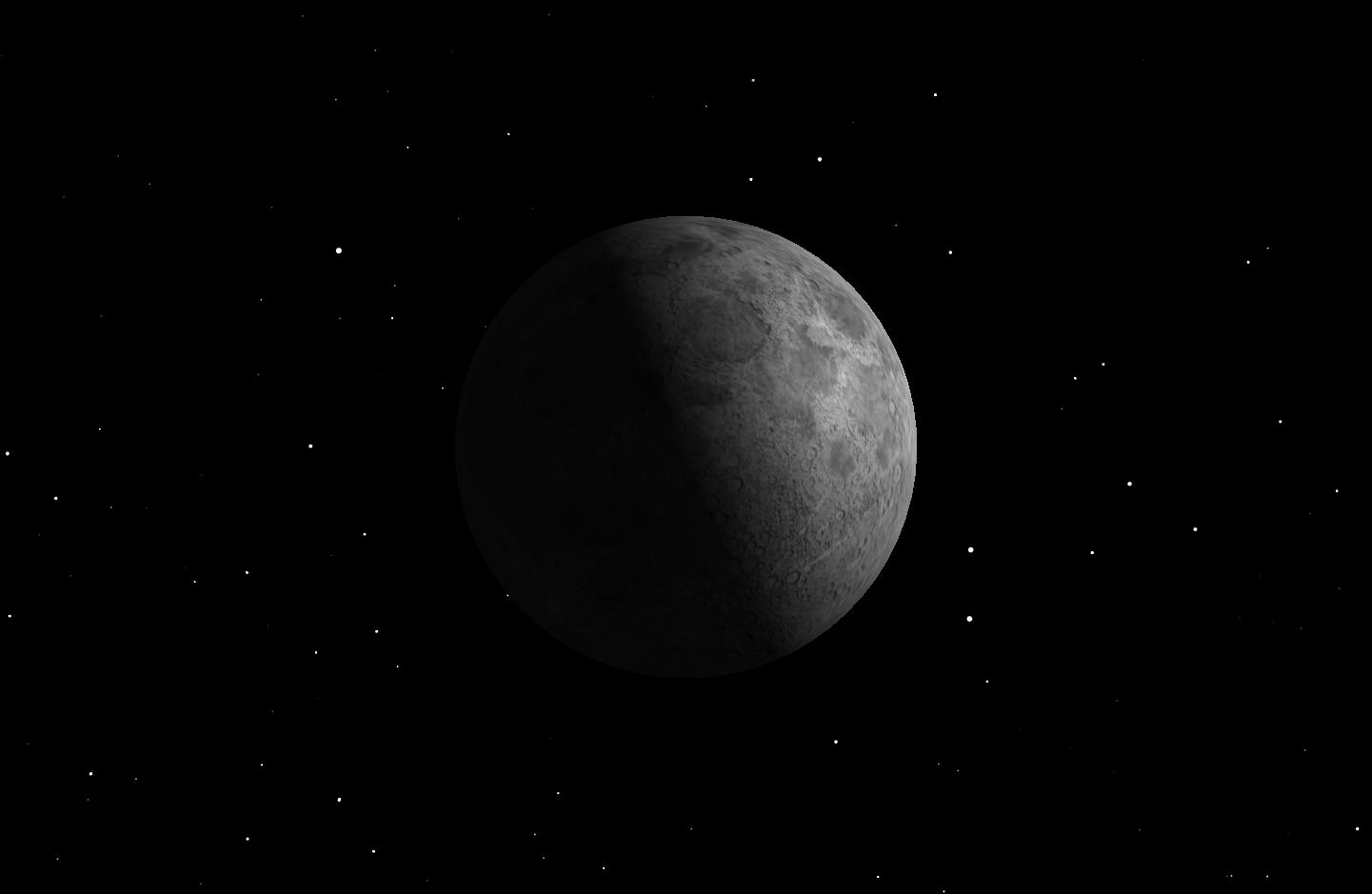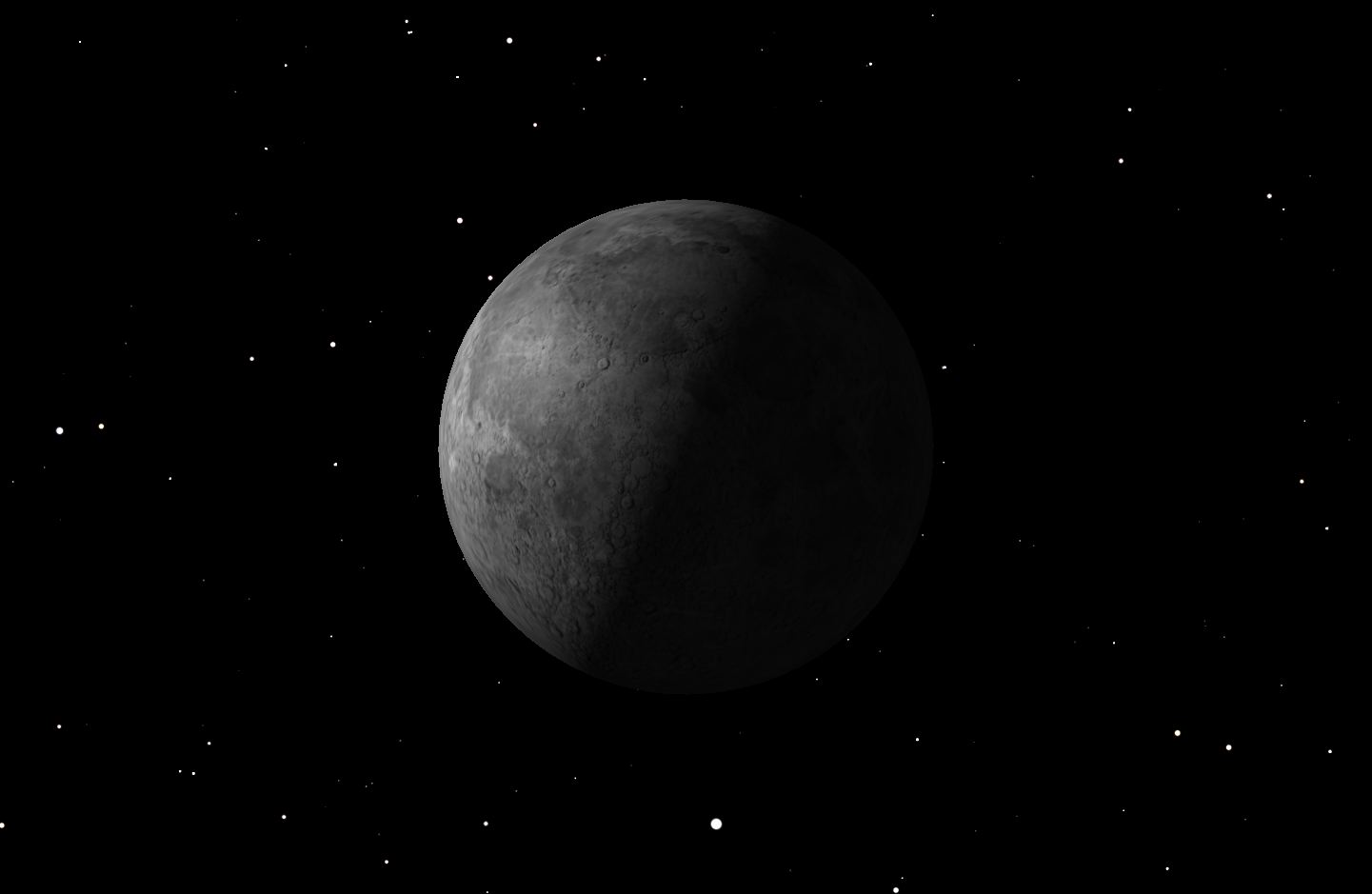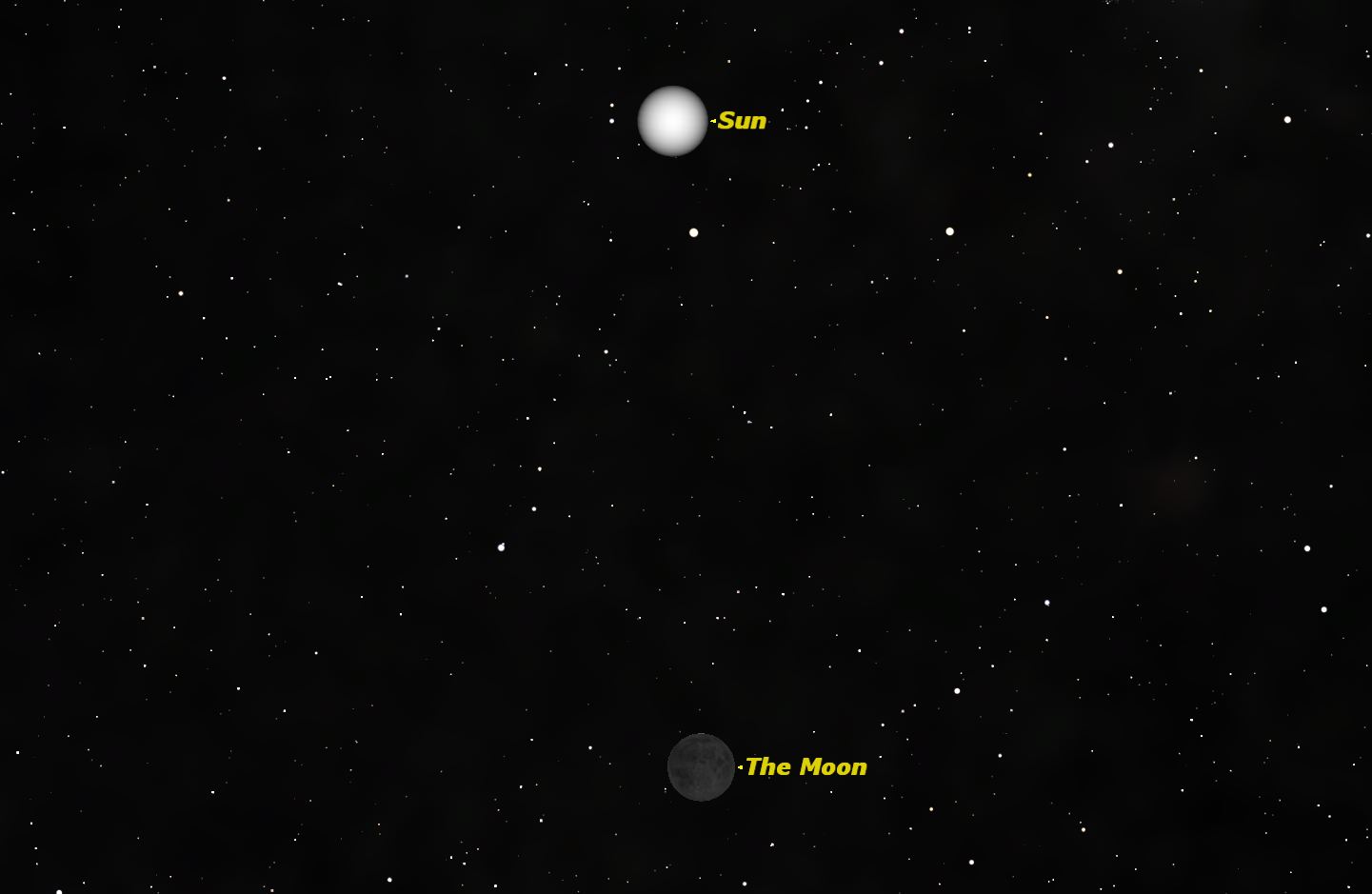 | |||||||||||||||||||||||||||||||||||||||||||||||
| For education orders please call 1-877-290-8256. Welcome to the June Featured Article! Double Stars around Boötes Geoff Gaherty, Starry Night EducationOn a May evening many years ago, I made my first exploration of the night sky. The only star pattern I could recognize was the Big Dipper, but with a star chart in a book, I used that to discover the bright star Arcturus in the constellation Boötes. 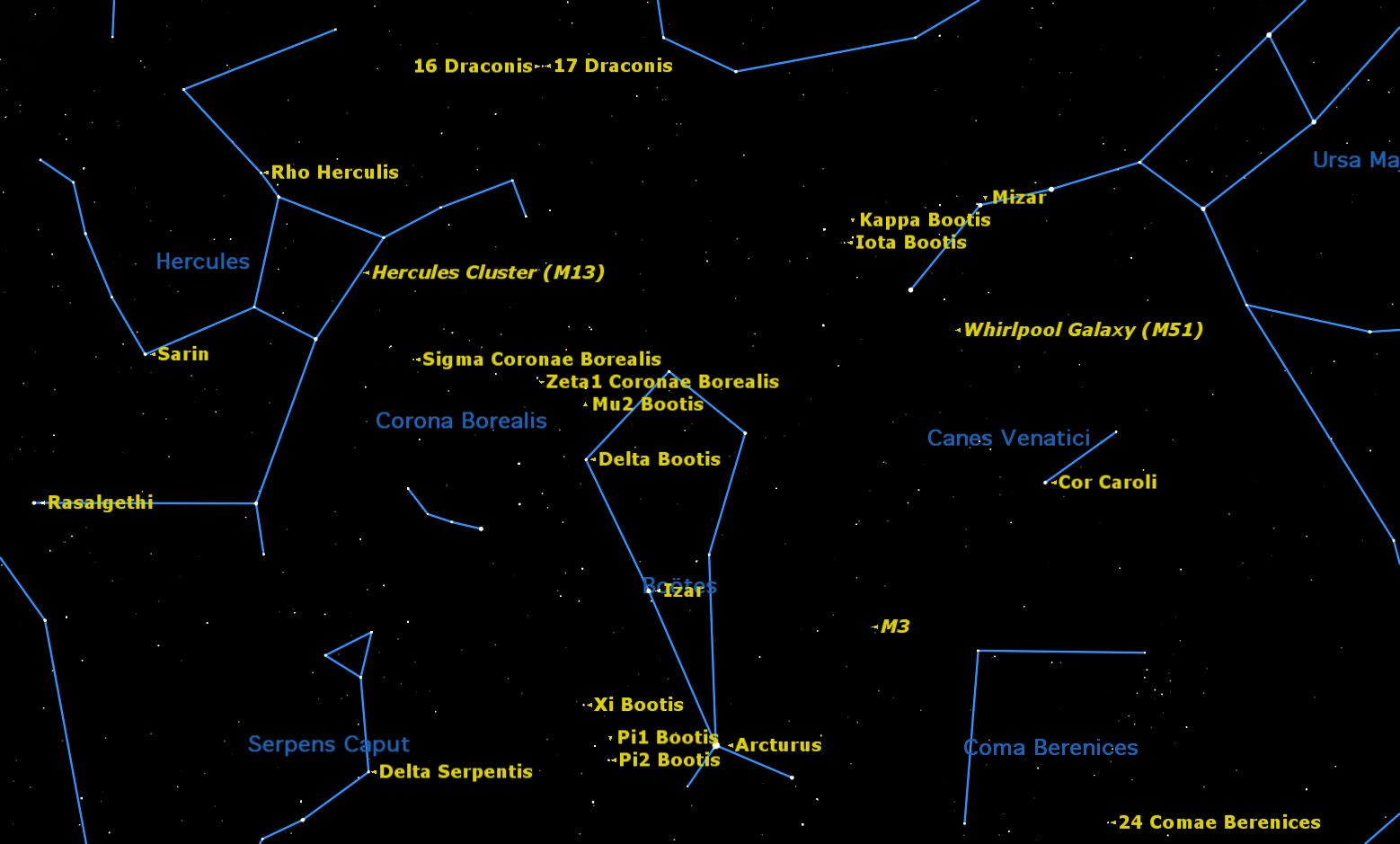 The curve of the Big Dipper’s handle leads to Arcturus, the brightest star in the kite-shaped constellation of Boötes. Surrounding Boötes is an amazing variety of double stars. Credit: Starry Night software The trick to learning the constellations is to begin with the stars you know, and use them to identify their neighbors. This same technique, known as “starhopping” is the key to discovering all the wonders hidden amongst the stars. Start, as I did, with the Big Dipper, high overhead as the sky gets dark at this time of year. The stars that form the Dipper’s handle fall in a gentle arc, and if you project that arc away from the Dipper’s bowl, you come to a bright star. This is Arcturus, the third brightest star in the night sky, and the brightest star in the northern sky. Only Sirius and Canopus, far to the south, are brighter. Arcturus is bright in our sky for two reasons, first because it is relatively close to us, 38 light years away, and secondly because it is inherently a bright star, much brighter than our Sun. Though larger and brighter, it is a slightly cooler star than our Sun, so appears orange to our eyes. Although Boötes is supposed to be a ploughman in mythology, its pattern of stars most resembles a kite, with Arcturus marking the bottom of the kite where the tail attaches. Notice the little dots over the second “o” in Boötes: this indicates that the two "o"s are supposed to be pronounced separately, as "bow-oo’-tees," not "boo’-tees." Once you have identified Boötes, you can use its stars to identify a number of constellations surrounding it. Between it and the Big Dipper are two small constellations, Canes Venatici (the hunting dogs) and Coma Berenices (Bernice’s hair). To Boötes left (towards the eastern horizon) is the distinctive keystone of Hercules. Between Hercules and Boötes is Corona Borealis (the northern crown) with Serpens Caput, the head of the serpent, poking up from the south. Although most stars appear to our unaided eyes as single points of light, anyone with access to binoculars or a telescope soon discovers that nearly half the stars in the sky are either double or multiple stars. Some of these are just accidents of perspective, one star happening to appear in the same line of sight as another, but many are true binary stars: two stars in orbit around each other, similar to the stars which shine on the fictional planet Tatooine in Star Wars. Every star labeled on this map of Hercules, Boötes, and Ursa Major is a double star, worth exploring with a small telescope. Some, like Mizar in the Dipper’s handle, can be split with the naked eye. A closer look with a telescope shows that this is really a triple star. Others require binoculars or a small telescope. Some of the finest are Cor Caroli in Canes Venatici, Izar (Epsilon) in Boötes, Delta Serpentis, and Rho Herculis. One of the joys of double star observing is the colour contrasts in some pairs. Others are striking for matching colours and brightness. My favorites are stars of very unequal brightness, which look almost like stars with accompanying planets. Also marked on this chart are three of the finest deep sky objects: the globular clusters Messier 13 in Hercules and Messier 3 in Canes Venatici, and the Whirlpool Galaxy, Messier 51, tucked just under the end of the Big Dipper’s handle. You will probably need to travel to a dark sky site to spot this galaxy. A six-inch or larger telescope will begin to reveal its spiral arms, including the one that stretches out to its satellite galaxy, NGC 5195. Coming Events Here is a rundown of events coming soon to a sky near you!Thursday, June 5, 4:39 p.m. EDT First Quarter Moon Friday, June 13, 12:11 a.m. EDT Full Moon The Full Moon of June is known as the Corn-Planting Moon or the Strawberry Moon. It rises around sunset and sets around sunrise, the only night in the month when the Moon is in the sky all night long. The rest of the month, the Moon spends at least some time in the daytime sky. 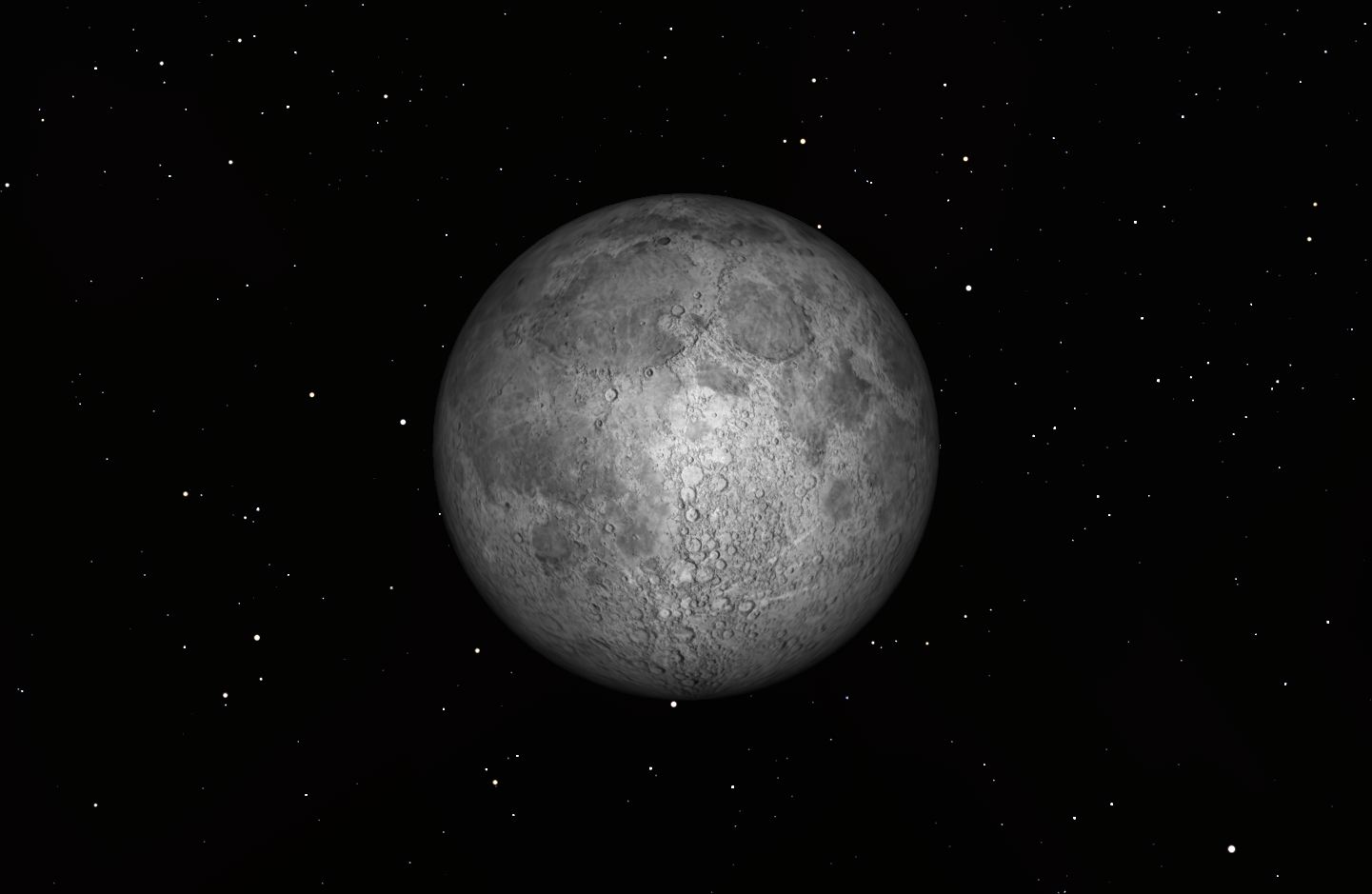
Observing Highlights Tuesday, June 3, 2:08–3:44 p.m. EDTTriple shadow transit on Jupiter The shadows of Europa, Ganymede and Callisto will play on Jupiter’s cloud deck. Best observed from eastern Europe and the Middle East. 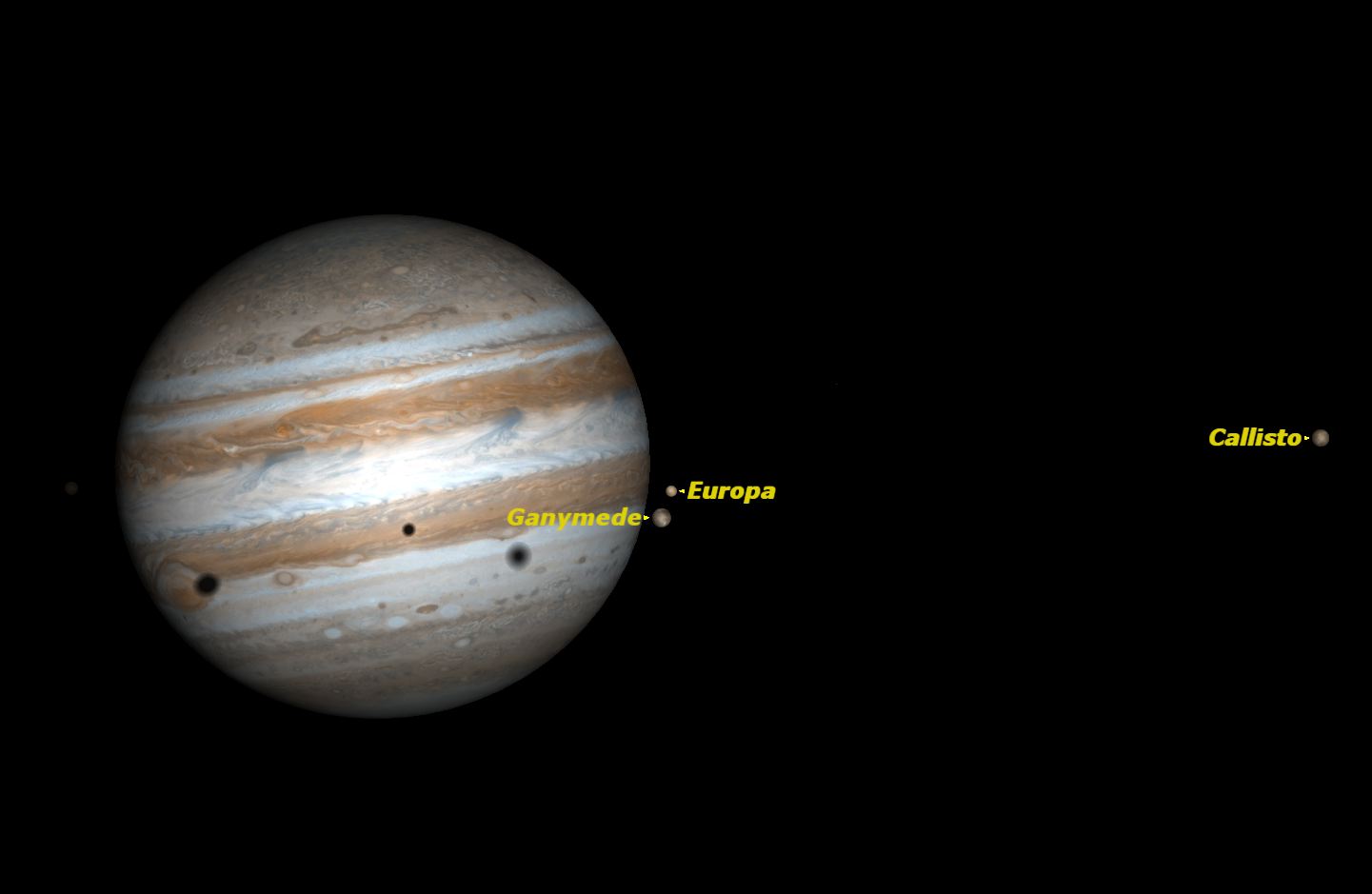
Saturday, June 7, 9 p.m. EDT Mars and the Moon The waxing gibbous Moon will pass just south of the planet Mars. 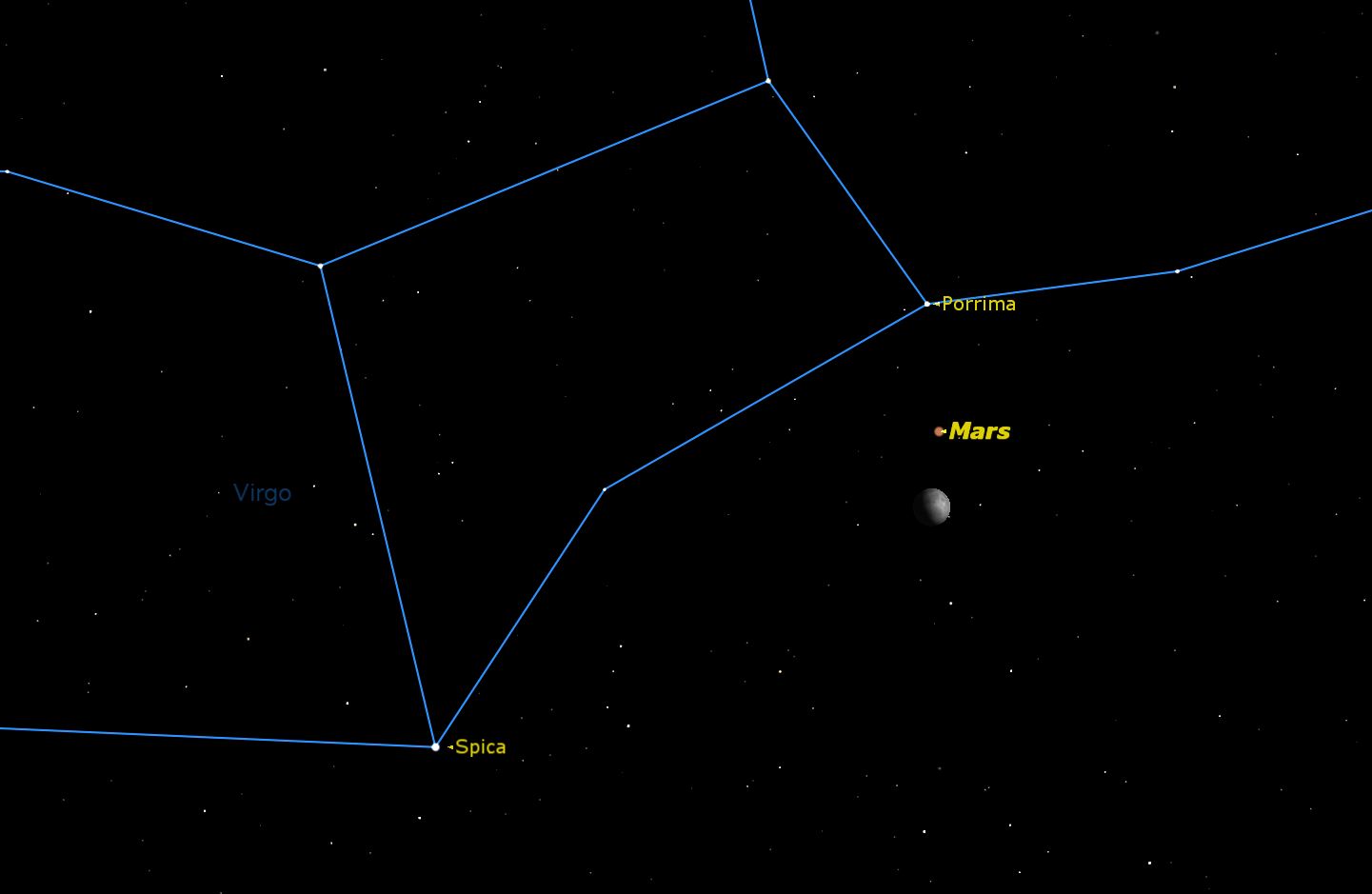
Sunday, June 8, dusk Spica and the Moon The Moon will pass just north of the bright star Spica in Virgo. 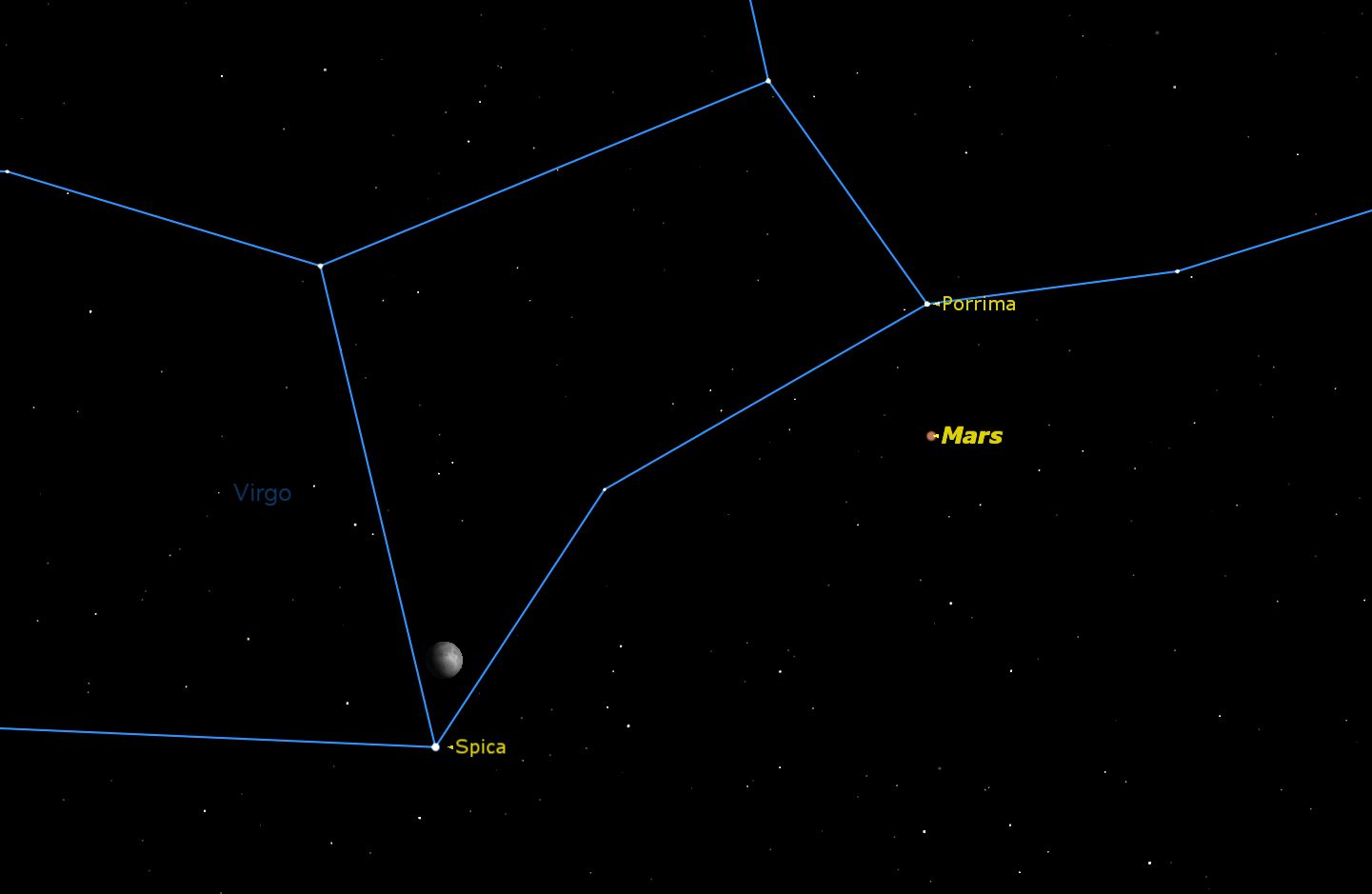
Tuesday, June 10, dusk Saturn and the Moon The Moon will pass just south of the planet Saturn. The Moon will occult Saturn as seen from southern South Africa (as seen here) and parts of the Southern Ocean. 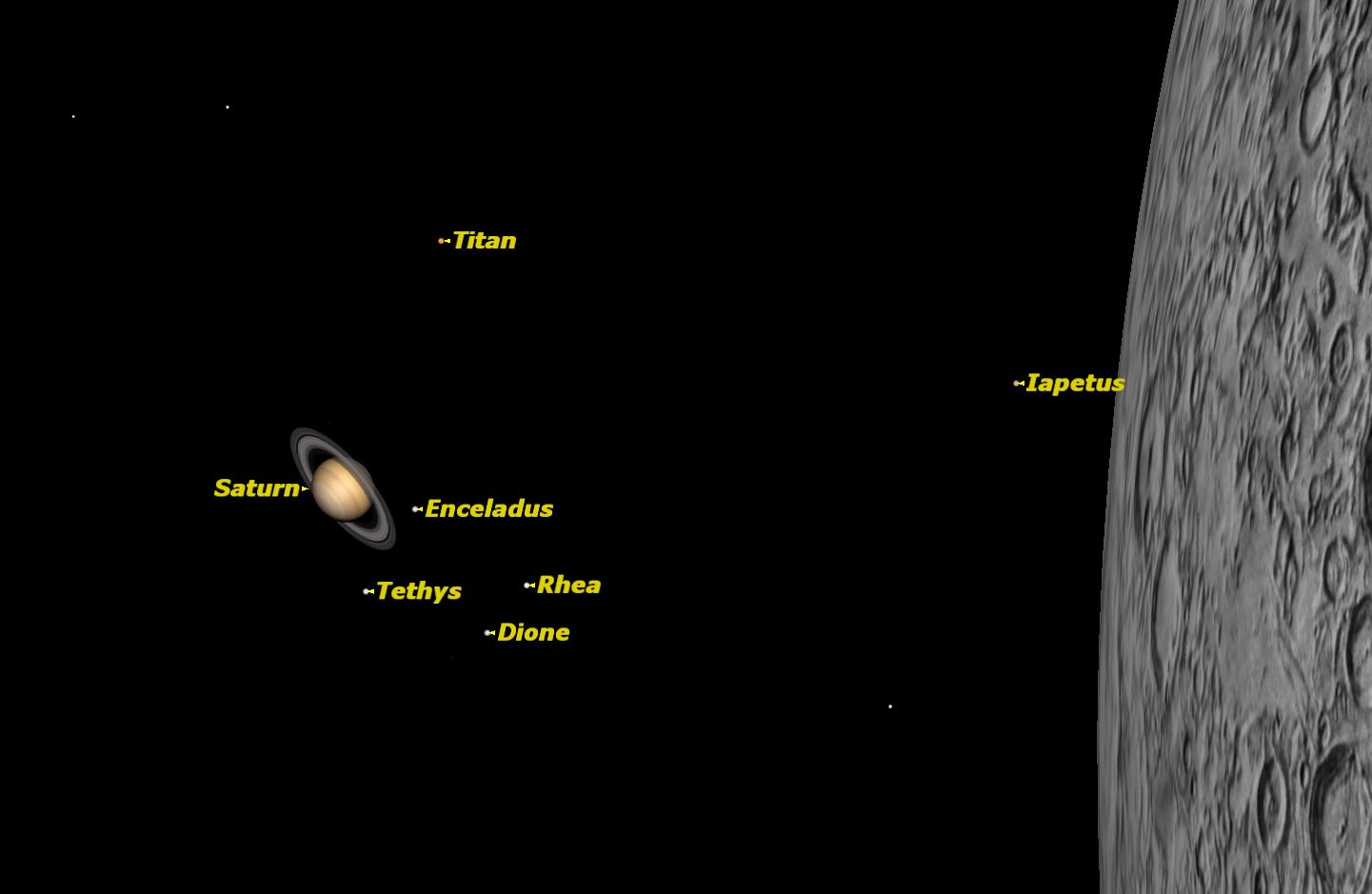
Tuesday, June 10, 6:07–6:28 p.m. EDT Double shadow transit on Jupiter The shadows of Europa and Ganymede will cross Jupiter’s cloud deck simultaneously. Best observed from central South America 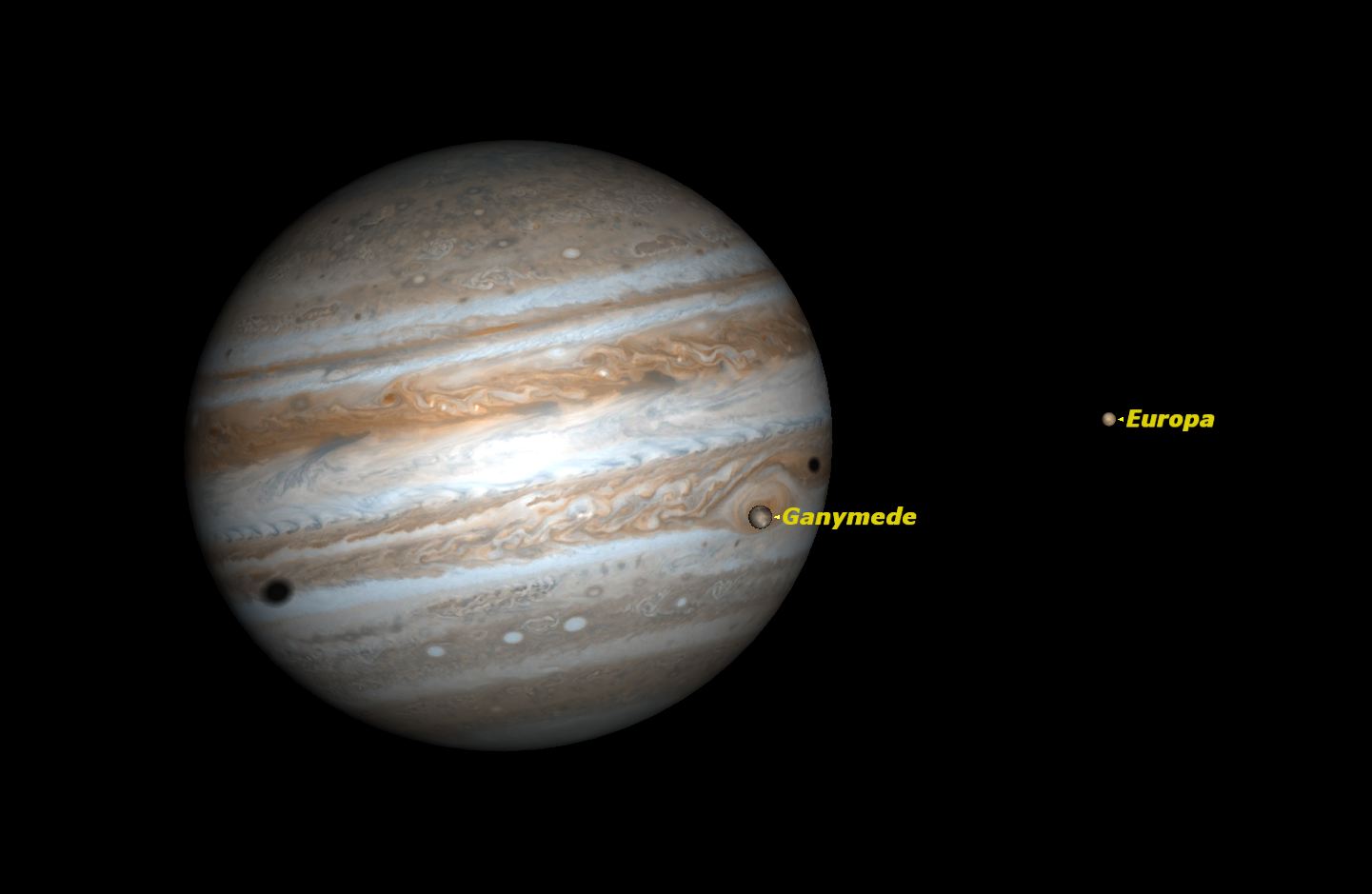
Saturday, June 21, 6:51 a.m. EDT Solstice The beginning of summer in the Northern Hemisphere, and winter in the Southern Hemisphere. 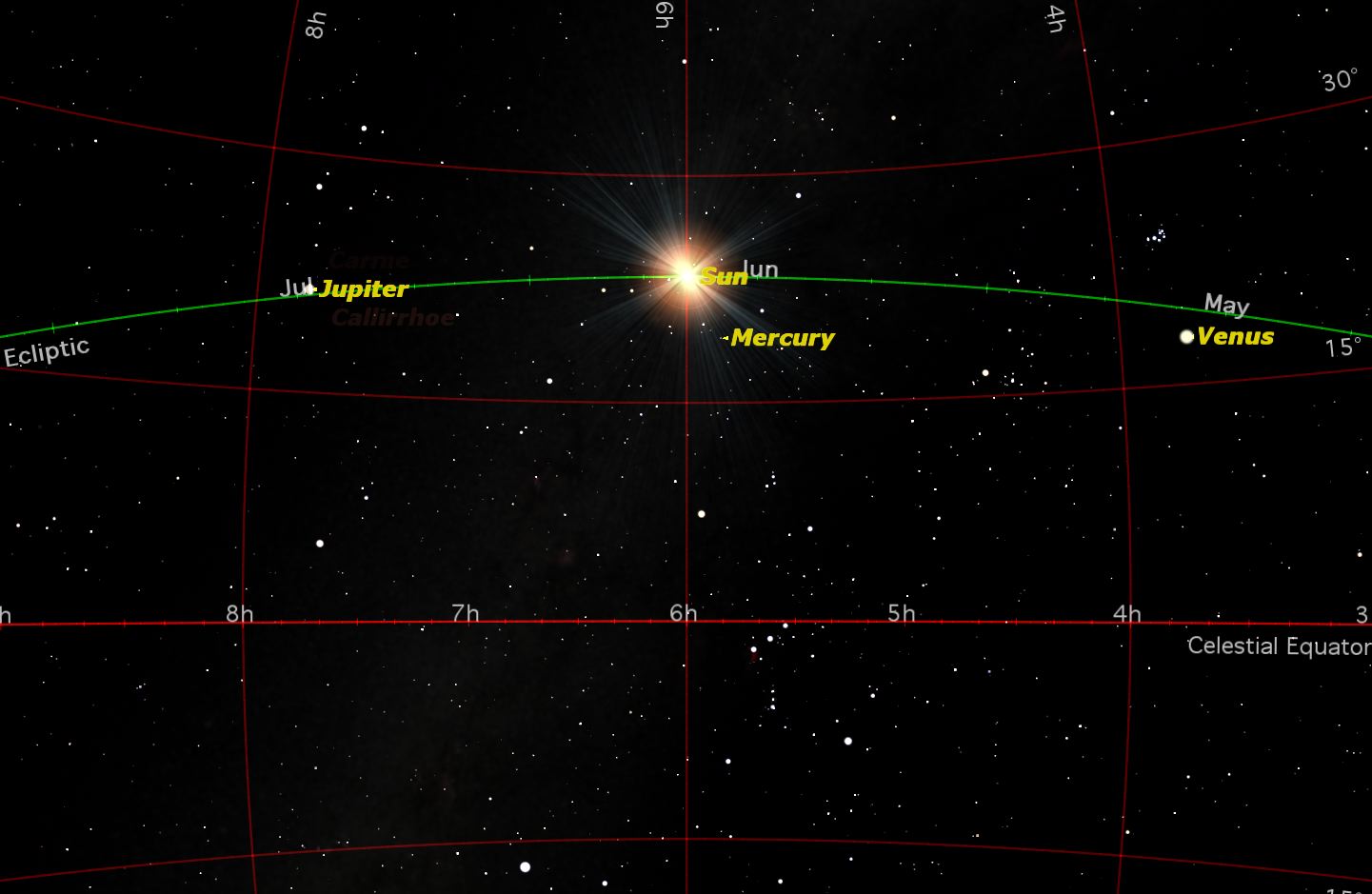
Tuesday, June 24, dawn Venus and the Moon The slender crescent Moon will pass just below the planet Venus. 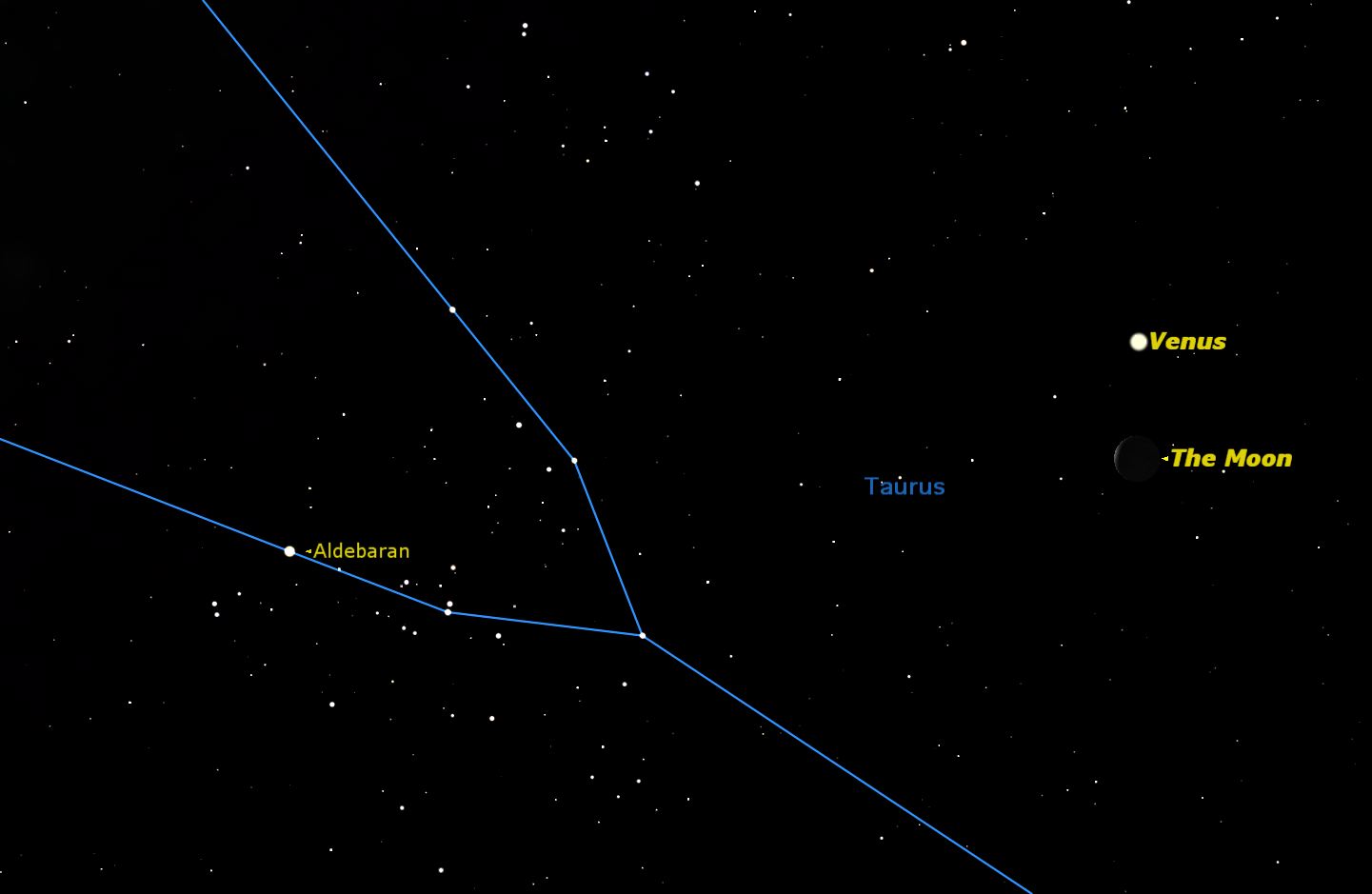
Wednesday, June 25, dawn Aldebaran and the Moon The Moon passes just north of the bright star Aldebaran in Taurus. 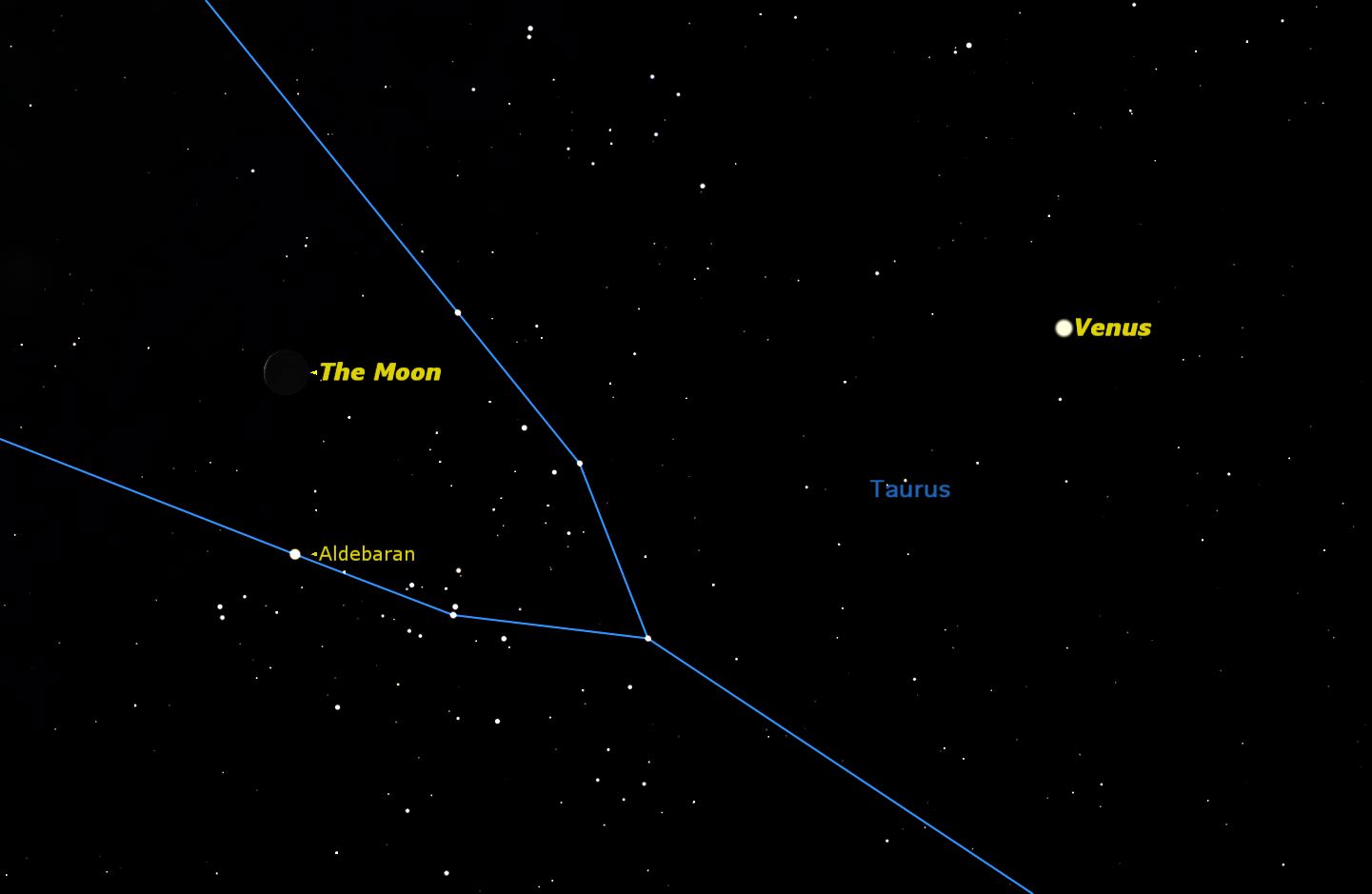
Planets Mercury sets just after the Sun for the first two weeks of the month, but will be too close to the Sun to be seen for the last two weeks. 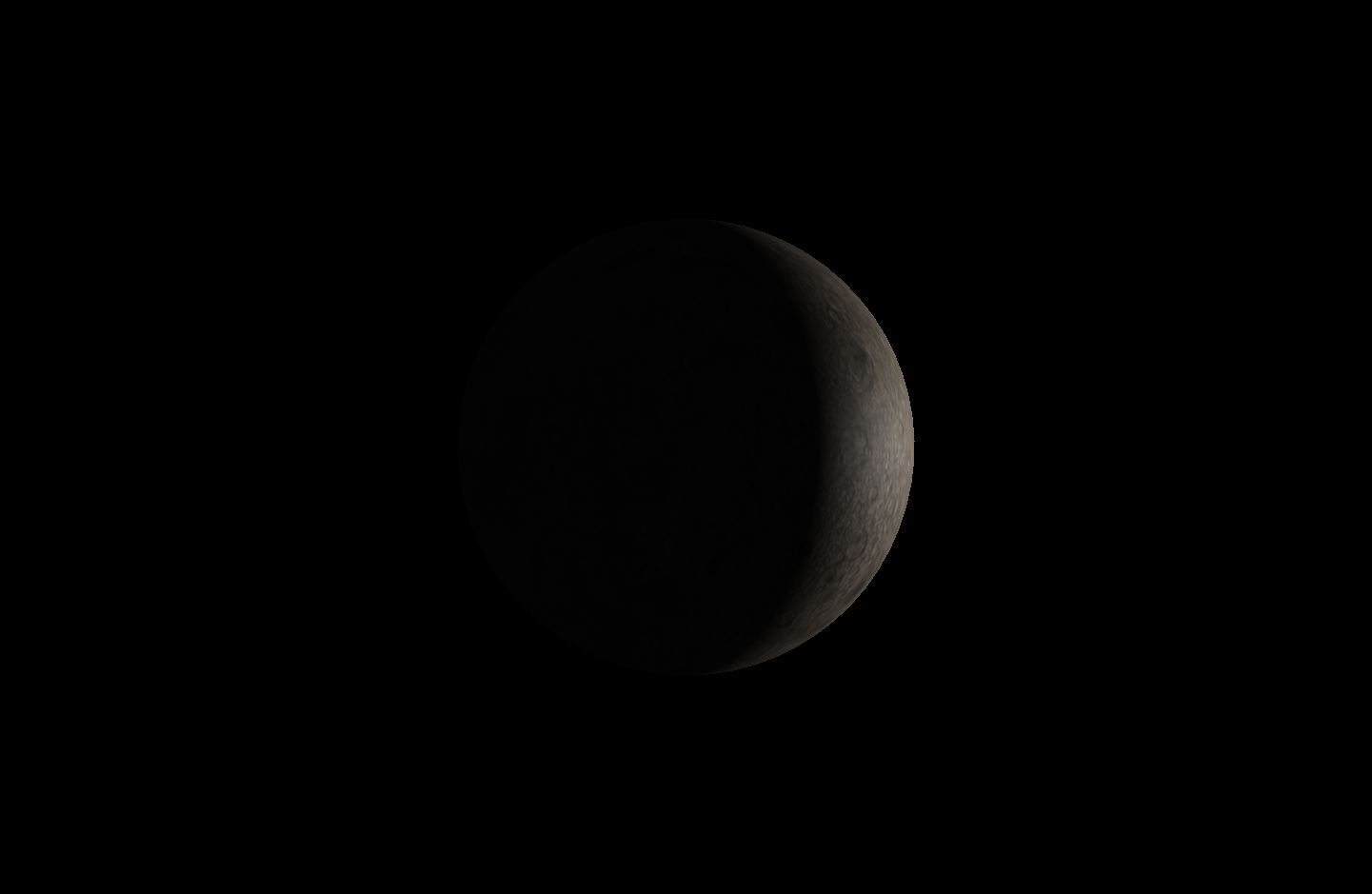 Venus is low in the eastern sky, rising just before the Sun.
Venus is low in the eastern sky, rising just before the Sun.
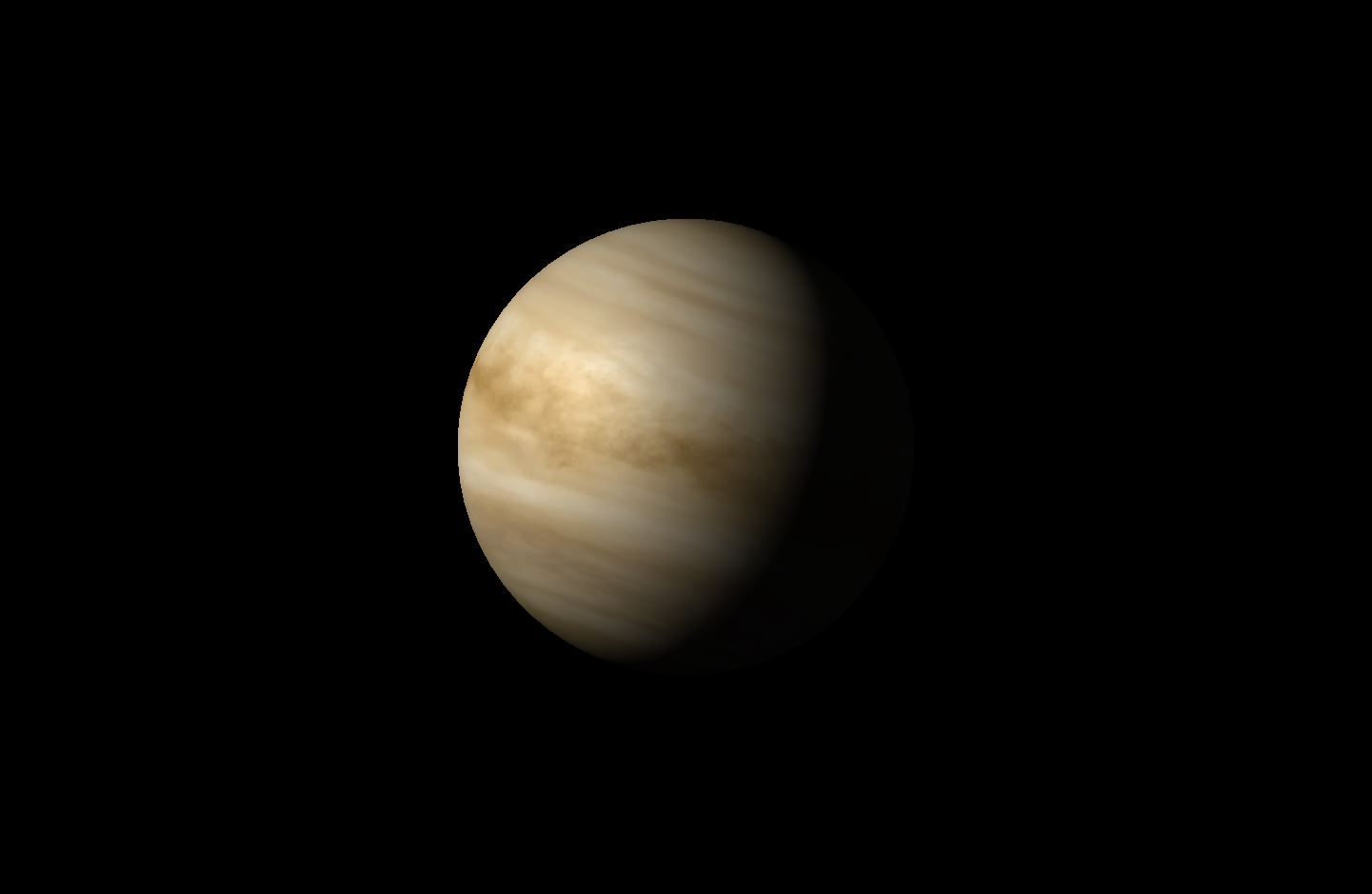 Mars is now fading rapidly in brightness as it moves towards the far side of the Sun.
Mars is now fading rapidly in brightness as it moves towards the far side of the Sun.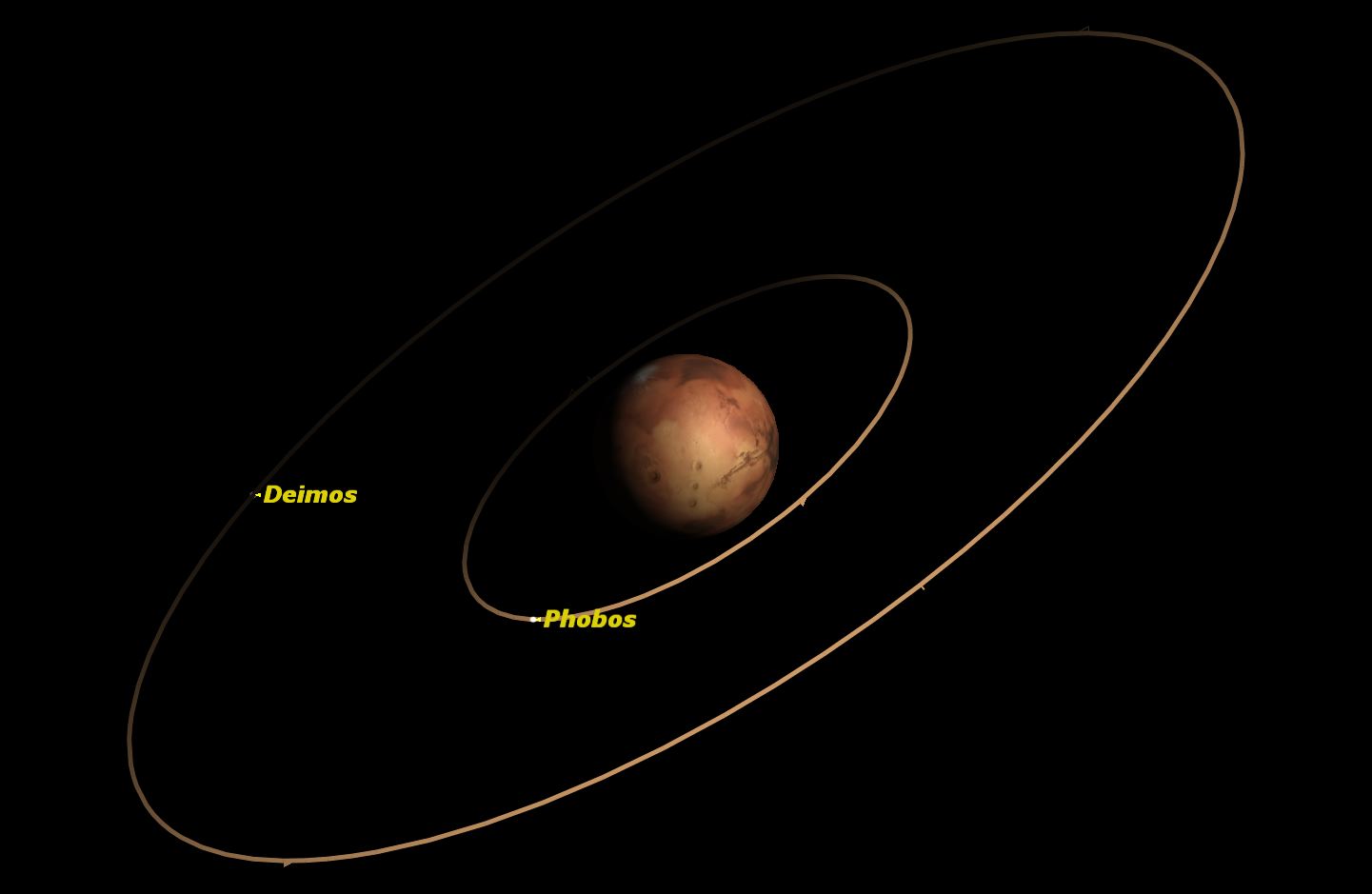 Jupiter is now low in the western sky at sunset, and is lost behind the Sun at the end of the month.
Jupiter is now low in the western sky at sunset, and is lost behind the Sun at the end of the month.
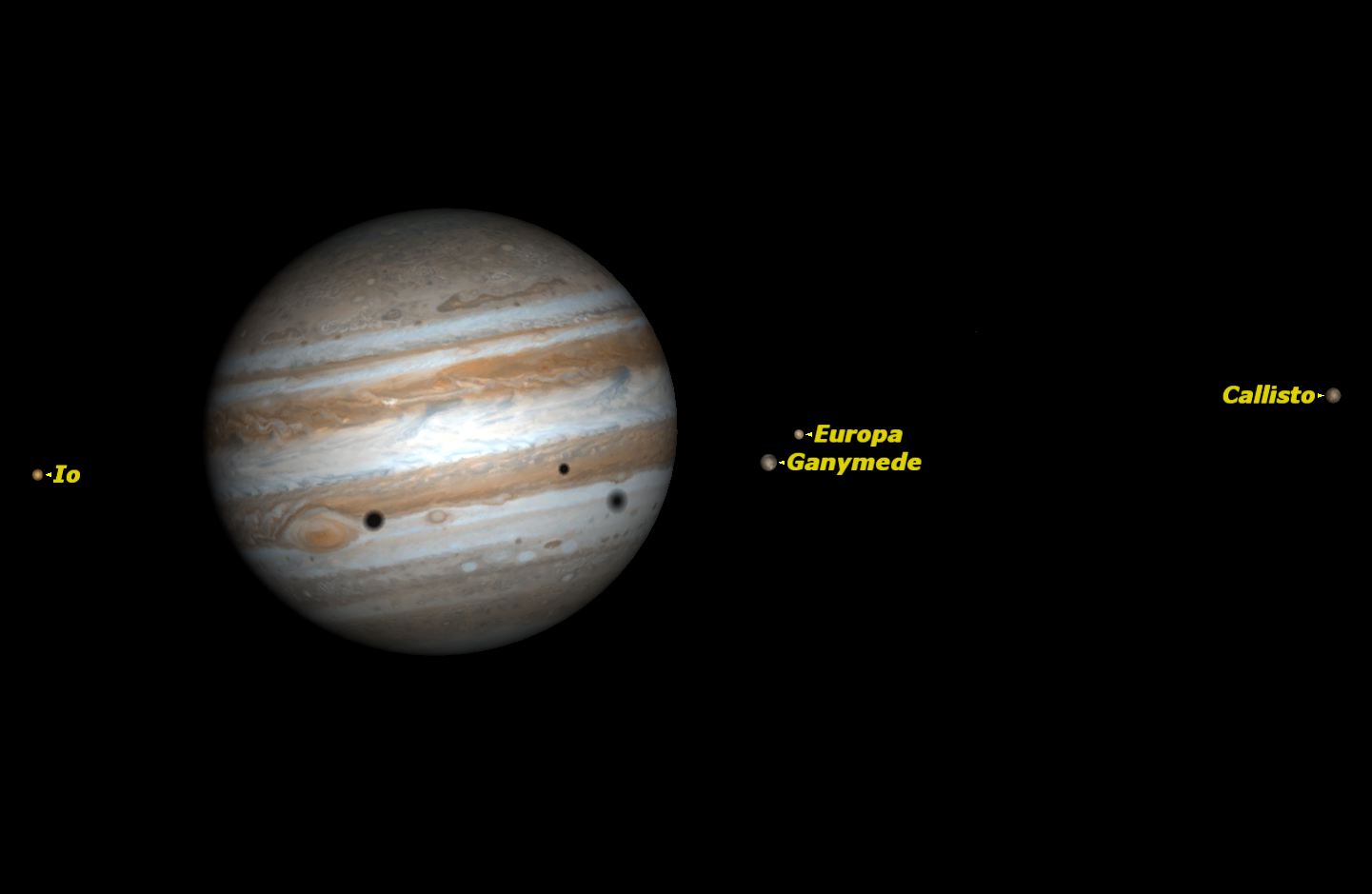 Saturn, in Libra, is well placed in the southern sky for most of the night.
Saturn, in Libra, is well placed in the southern sky for most of the night.
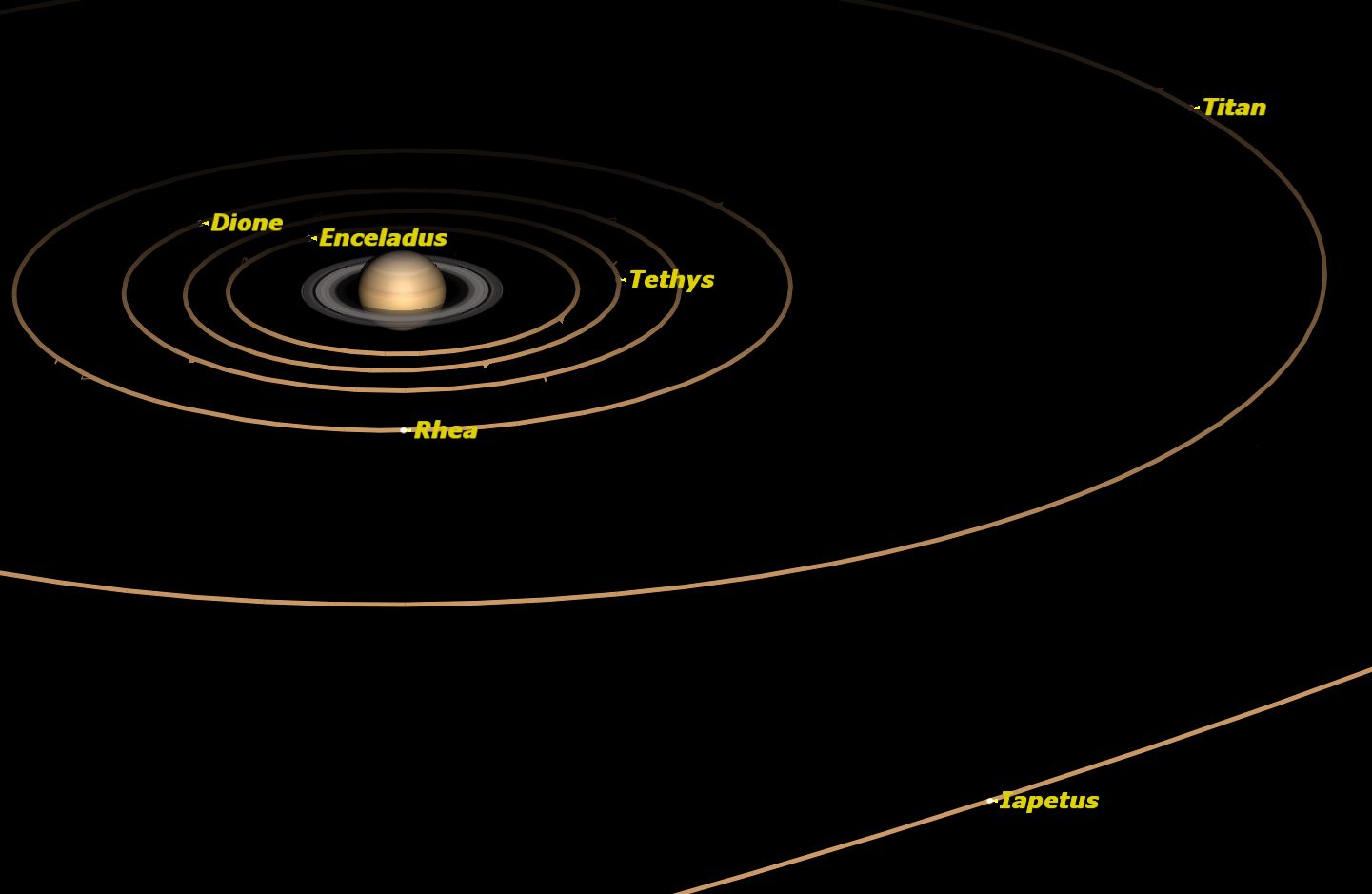 Uranus is located in the constellation Pisces, rising just before the Sun.
Uranus is located in the constellation Pisces, rising just before the Sun.
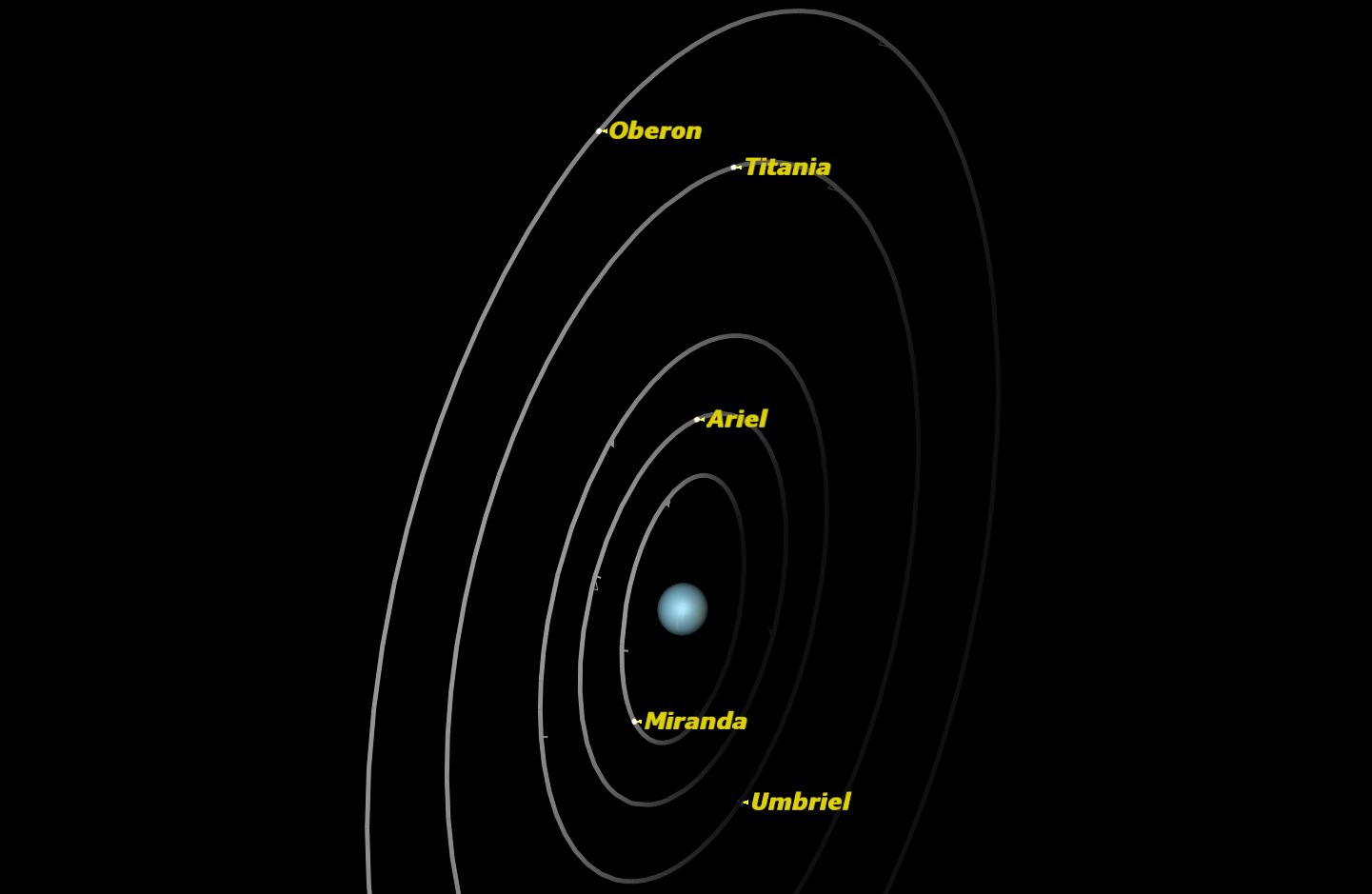 Neptune is in Aquarius all month, rising after midnight.
Neptune is in Aquarius all month, rising after midnight.
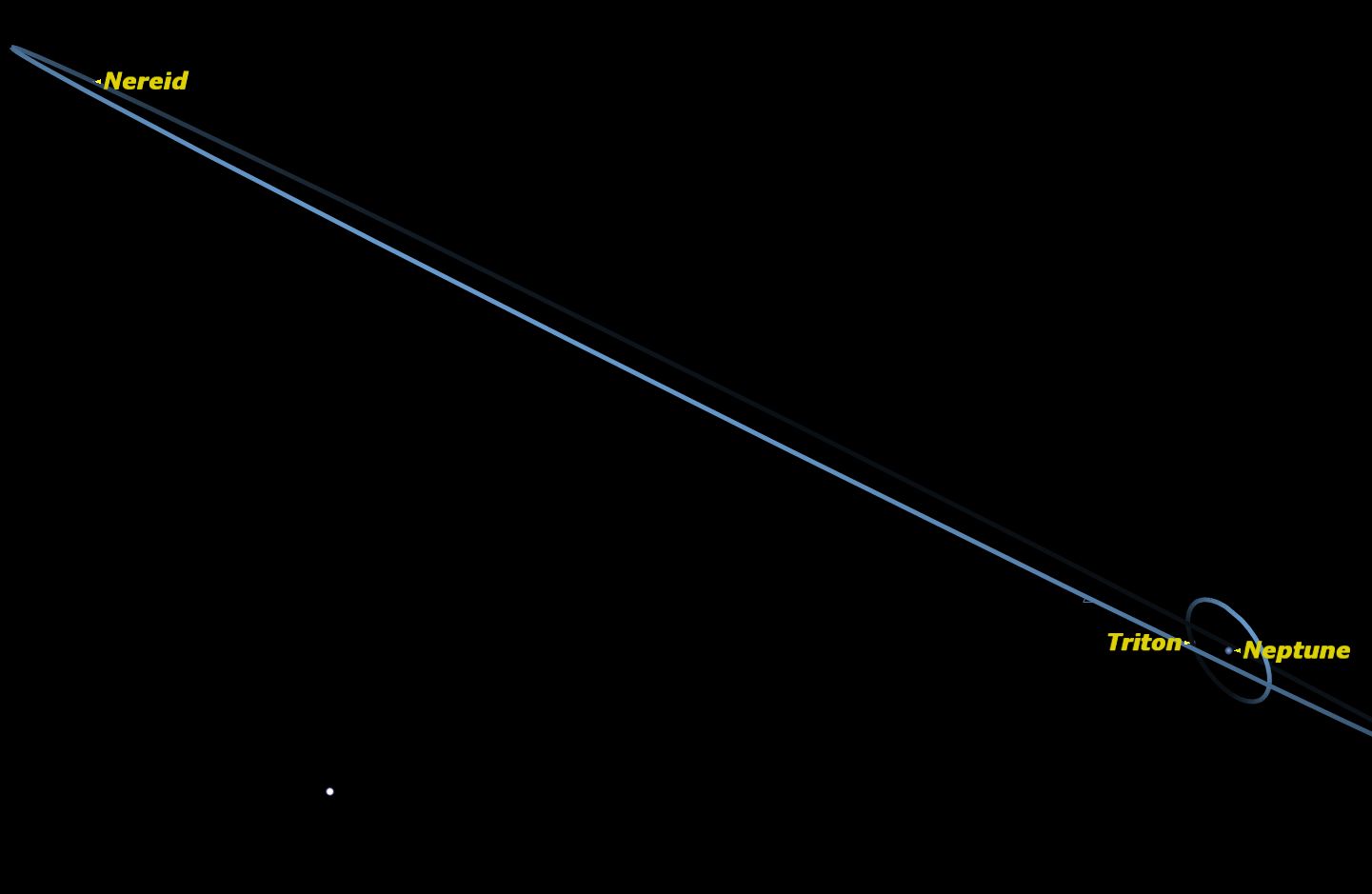
|
| ||||||||||||||||||||||||||||||||||||||||||||||
© 2016 Simulation Curriculum Corp. All Rights Reserved. |
|||||||||||||||||||||||||||||||||||||||||||||||
